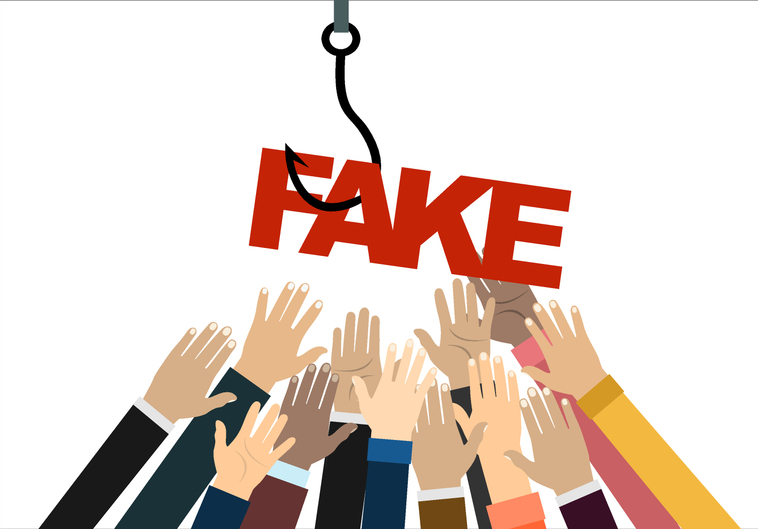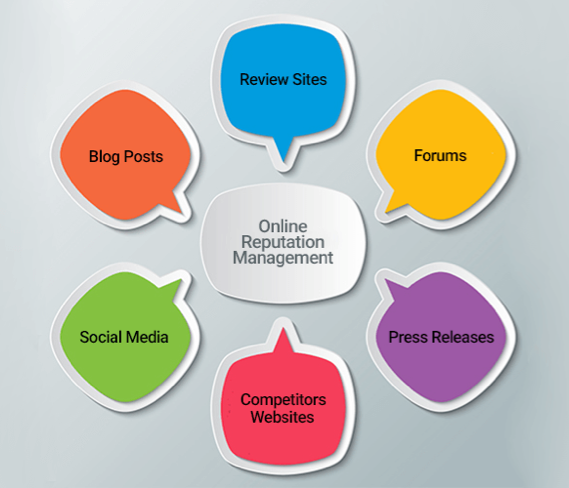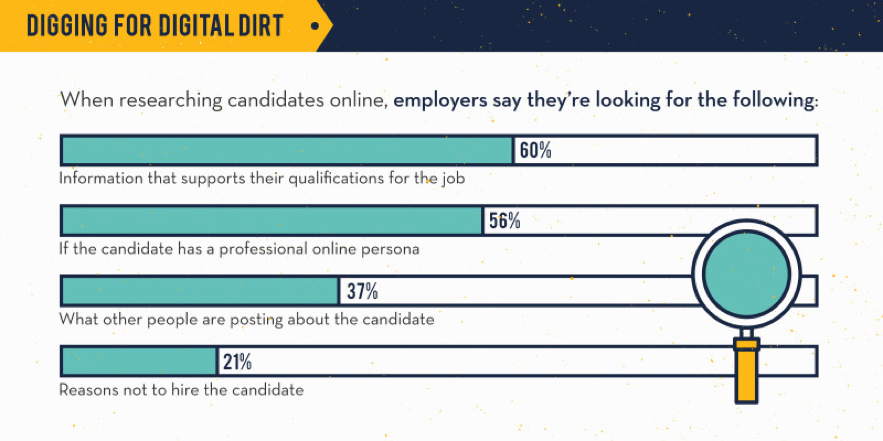In any work environment there is bound to be a whole bunch of dynamics around the office. Too many type A’s in the office could be quite exhausting for example. It takes skill to navigate it all with the help of a good HR department. This is however, very understandable and common to most people.
But what happens when things turn ugly at work? What if someone has it in for a person or even a group of people? Workplace conflict is a very real issue and one that should not be taken lightly. With the mental health issues we currently have in our country, employees should be trained in what to look for and have a safe place in which they can voice their concerns. In fact, many work places are taking a proactive approach by conducting workshops on this topic to teach employees what is acceptable and what isn’t.
Workplace Policy
Developing a workplace policy like the one below is helpful and can be especially important should any legal issues come up.
Under federal law and Department of Labor (DOL) policy, harassment by DOL employees of DOL employees based on race, color, religion, sex (including gender identity and pregnancy), national origin, age, disability, genetic information, sexual orientation, or parental status is prohibited. The Department of Labor does not permit harassing conduct by anyone in the workplace, including contractors.
Taken from the DOL website
Posting it in the lunch room or in a public area would be a great first step. But it does take much more effort on the part of management and prevention is key. Years ago, when a company had a problem within their organization, it pretty much stayed there. Not true anymore, thanks to social media.
Social Media’s Role
What is social media’s role in all of this? Does an employer have the right to monitor employees social media? Can it be cause for dismissal? More and more the answer is yes because it can be a red flag alert that will stop a publicity nightmare down the road.
Where there is smoke there is fire. Social media can be a red flag to other things that may be happening within a department. This was true of a Seattle Officer who showed signs of of violent tendencies on and off social media.
The Seattle Officer lost his job over a collection of social media posts. The post became public by placing a blurb about it on the Office of Police Accountability’s website. The officer included some pretty rough comments about illegal immigration, with an emphasis on endorsing violence. The department issued this statement:
“The department’s ability to fulfill its public safety duties depends on communities believing that officers will treat them equally and with dignity, regardless of their immigration status,” Best concluded. “Your comments suggest that you will not do so. They could have substantial negative consequences to the relationship between members of the Department and those that we serve and showed exceeding poor judgment.”
Additionally, the officer was suspended for escalating another incident to the point where a fellow officer feared for their safety.
As an employee, would you feel more safe knowing your employer was being proactive? When does safety in the workplace trump privacy? Please share your thoughts…







